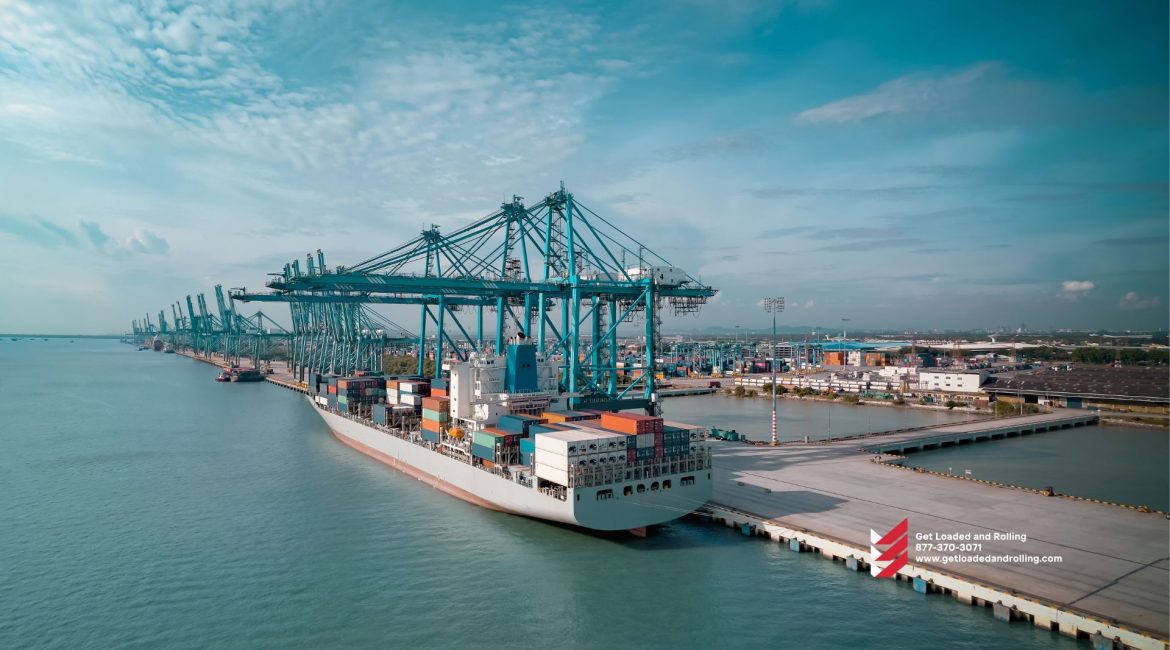It’s a story about two oceans: The cost of shipping cargo containers westbound from Asia to the United States across the Pacific continues to fall from historic highs. In comparison, the cost of shipping containers westbound across the Atlantic from Europe has climbed through 2022 and remains at all-time highs.
Vessel backups continue historically severe off Savannah, Georgia, New York/New Jersey, and Houston, although circumstances off Los Angeles/Long Beach have significantly improved. Reduced congestion is detrimental to spot pricing. As a result, rates on the Asia-West Coast are declining quicker than rates on the Asia-East Coast.
The East Coast port bottleneck that is stranding ships arriving from Asia via the Panama Canal is also absorbing capacity arriving from Europe. Trans-Atlantic vessel capacity is far more limited than trans-Pacific vessel capacity, with the balance still favoring shipping lines – even more so due to congestion. As a result, trans-Atlantic spot rates remain historically high, defying the worldwide trend.
Prices for trans-Pacific flights continue to fall.
Trans-Pacific spot rates temporarily plateaued earlier this month, according to several spot indexes, but they have since resumed their slow decline. There is no sign of a floor yet.
Drewry’s weekly Shanghai-Los Angeles assessment declined 5% in the week ended Thursday, to $6,521 per forty-foot equivalent unit. This is a 41% year-on-year decrease. Drewry’s Shanghai-New York assessment performed better in light of East Coast congestion. Last week, it was steady at $9,710 per FEU, down 28% year on year.
On Friday, the Freightos Baltic Daily Index (FBX) China-West Coast assessment decreased to $5,533 per FEU. This is the lowest level in 15 months, and it is down 70% year on year. (In its trans-Pacific figures, FBX includes premium surcharges; Drewry does not.) The FBX index fell considerably more rapidly than the Drewry index since premiums were quite high a year ago and are no longer charged.)
On Friday, the FBX China-East Coast assessment was $9,150 per FEU, down 54% year on year. Over the preceding month, pricing trends continued to diverge, with the FBX East Coast index losing 7% of its value and the West Coast index losing 21%.
Transatlantic rates remain high despite a rise
European services mostly call at East Coast ports from Le Havre, France, Bremerhaven, Germany, Antwerp, Belgium, London, United Kingdom, and Sines, Portugal. After stops in Algeciras and Valencia, Spain, Mediterranean services mostly serve the East Coast.
According to the indexes, moving spot cargo westbound across the Atlantic from Europe to the East Coast is now more expensive than moving cargo eastbound across the Pacific from Asia to the West Coast — despite the fact that the sailing distance over the Pacific is near twice as long (meaning that carriers are now earning dramatically more per FEU-mile in the trans-Atlantic than the trans-Pacific).
Drewry’s most recent weekly assessment for the Rotterdam-New York route was $6,936 per FEU, an increase of 8% year on year.
The FBX Europe-East Coast index was trading at $8,522 per FEU, up 44% year on year.
Drewry’s estimate is slightly below early-May highs, while the FBX is around the sustained high it has been at since May, with the exception of a tiny one-time jump in early June.
Rates are still about five times higher than before COVID.
Despite dropping spot rates on most worldwide routes save the trans-Atlantic, freight pricing remains extremely profitable for ocean carriers. Furthermore, shipping lines have contracts for at least half of their volume. Annual contract rates, according to various carriers, are comparable to current spot rates.
Rates are significantly above where they were pre-COVID, demonstrating how profitable this is for carriers. When compared to pre-pandemic levels, trans-Pacific and trans-Atlantic spot prices have moved in opposite directions in recent months.
The FBX Europe-East Coast index was 4.9 times greater on Friday than it was three years ago. Despite a significant dip since reaching record levels, the FBX Asia-West Coast index was also 4.9 times higher than it was three years ago.
